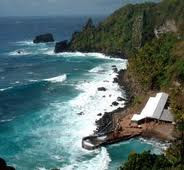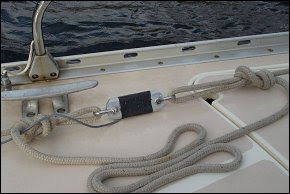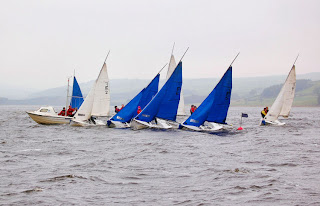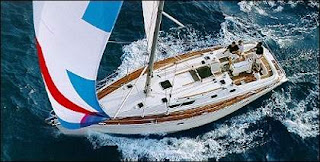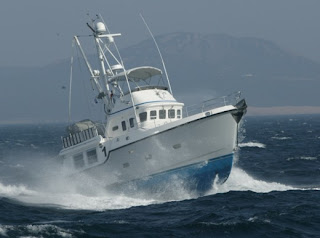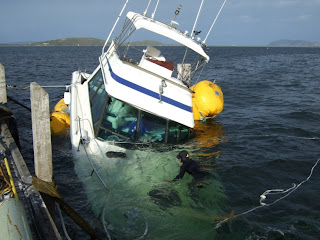 Dubai Travel Guide takes you to the exciting city of Dubai, one of the seven emirates of UAE, located in the Persian Gulf. This welcoming and prosperous city is increasingly becoming well known worldwide amongst tourists. The Dubai Culture is one of the important things that lure people to this lovely place.
Dubai Travel Guide takes you to the exciting city of Dubai, one of the seven emirates of UAE, located in the Persian Gulf. This welcoming and prosperous city is increasingly becoming well known worldwide amongst tourists. The Dubai Culture is one of the important things that lure people to this lovely place.Of late, this city has emerged as a dream destination for leisure and business travelers across the globe with different Dubai Attractions. The city is also popularly known as city of Gold because of its open gold markets.
Dubai is known as the shopping capital of UAE. In fact, shopping is one of the favorite pass times for people in Dubai and for travelers alike. Guests here can experience the magic of glitzy Dubai malls known for their international brands. Dubai Shopping Festival, held in the month of March, is a very popular festival among people from all over the world. The major highlights of this festival include discounts, Raffles, prize draws, cultural events, street entertainers, spectacular fireworks displays and so on. Another festival celebrated in Sharjah is the Ramadan Shopping Festival.
Besides, other Dubai Attractions include rocking nightlife, numerous shops and markets, entertainment and amusement parks, gardens and lot many other recreational activities.
Tourism is one of the backbones of Dubai and the state generates large amount of revenue from this sector. A Dubai Travel Guide is incomplete with visiting some of the fascinating places in Dubai including Dubai Museum, Jumeirah Mosque, Shindagha District, Bastakiya District, and Al Ahmadiya School in Old Dubai. Similarly, places that can not be missed out in New Dubai include Burj al-Arab hotel, Burj Dubai, Palm Islands and so on.
Other interesting things that the Dubai Map features include Beaches and sea, Desert Safari or Dune Bashing, Skiing, Dubai Creek Cruise, Golfing, Hot Air Ballooning and so on. With the availability of Business Class Air Tickets, a smooth trip to Dubai is increasingly becoming easy.
Dubai is the most populous emirate of UAE and one of the most cosmopolitan cities of the world. It is a place of harmonious existence of tradition and modernity. Dubai Travel Guide also features some mesmerizing sky scrappers that attract the attention of the travelers.
Dubai is truly believed to be the ideal place to be in and enjoy. Dubai Travel Guide offers travel packages and other facilities to different tourist destinations for rich as well as budget travelers alike. For accommodation, Dubai has a great number of options for affluent and budget people. Along with luxury resorts and 5-star hotels, Dubai also offers numerous budget hotels lodges for accommodation.
These days, there are many different tour and travel agencies, which offer great service including Business Class Air Tickets, accommodation, sightseeing, food etc. at discounted rates for travelers. With these services around, one can simply go ahead and have a wonderful vacation in the city. Dubai Travel Guide is easily available for tourists who can avail its facilities at low cost and have an unforgettable experience of a lifetime.

